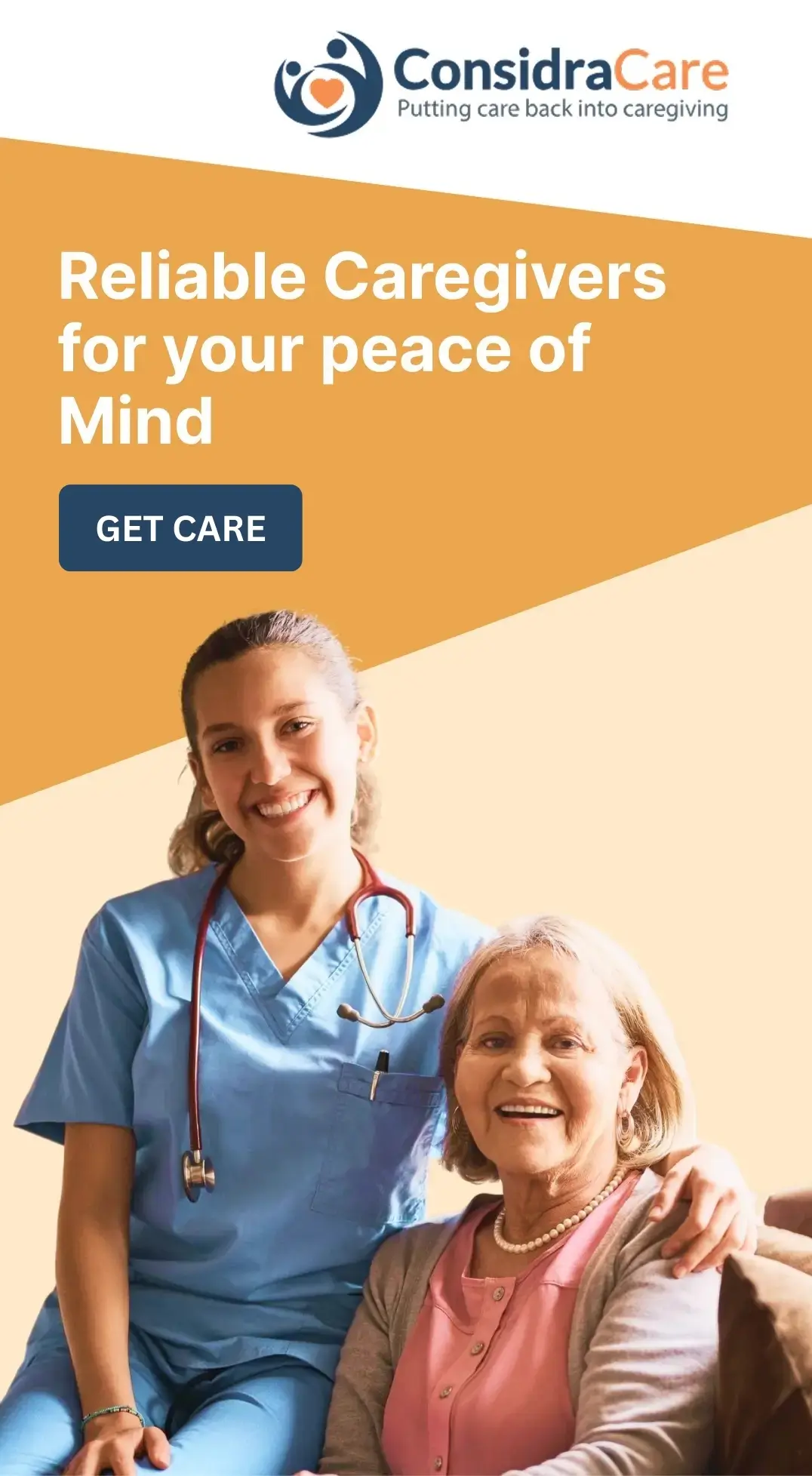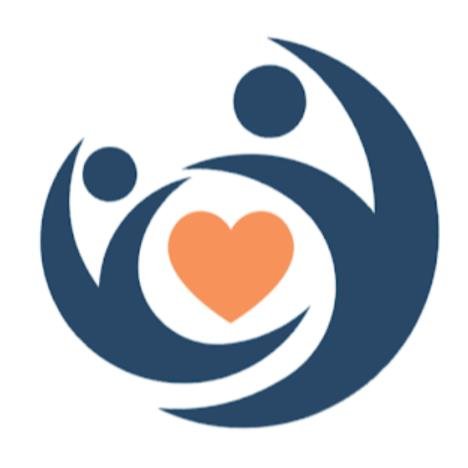As a caregiver, being prepared for emergencies is a fundamental responsibility. Whether you work in a residential care home, provide in-home assistance, or support individuals with physical or learning disabilities, your ability to administer essential first aid can have a direct impact on the safety, health, and well-being of those in your care.
Emergencies are unpredictable and can arise at any time. Having the knowledge and confidence to respond swiftly to an injury, sudden illness, or another urgent situation can prevent complications, reduce harm, and in some cases, save lives.
This guide outlines the core first aid skills every caregiver should master to respond effectively under pressure, ensuring the highest standard of care and protection for vulnerable individuals.
ABC of First Aid for Caregivers:
First aid refers to the immediate care provided to an individual who is injured or suddenly becomes unwell. Its primary objectives are threefold: to preserve life, prevent the condition from deteriorating, and promote recovery until professional medical help is available. For caregivers, understanding the ABC approach is essential for effective emergency response.
-
- A – Assess the Environment: Before stepping in, ensure the surroundings are safe for both you and the person in need. This prevents further accidents or injuries.
-
- B – Be Calm: Maintaining composure allows you to think clearly, act quickly, and make sound decisions during emergencies.
-
- C – Call for Help: If the situation is serious or life-threatening, contact emergency services immediately. Prompt professional intervention can be critical.
Essential First Aid Skills Every Caregiver Should Know:
Caregivers are frequently the first to respond when an emergency arises, making a solid understanding of first aid an essential part of their role. Whether facing a sudden medical crisis or managing a minor accident, these fundamental skills enable caregivers to stabilize a person’s condition, minimize the risk of further complications, and provide reassurance and comfort until professional medical assistance is available.
1. CPR and Cardiac Emergencies:
Cardiopulmonary Resuscitation (CPR) is a life-saving emergency procedure used when a person’s heart stops beating or they stop breathing. CPR helps maintain blood flow to the brain and vital organs until professional medical help arrives.
Before performing CPR, follow these essential first aid steps:
-
- Check Responsiveness: Gently tap the person’s shoulders and call their name to see if they respond.
-
- Ensure Safety: Make sure the environment is safe for both you and the patient.
-
- Call for Help: Immediately contact emergency services or instruct someone nearby to call.
-
- Position the Person: Lay them on a firm, flat surface on their back.

How to Perform CPR?
Once you have confirmed the person is unresponsive and not breathing normally, follow these steps:
Chest Compressions:
-
- Place the heel of one hand in the center of the chest and the other hand on top.
-
- Push hard and fast, pressing about 2 inches deep at a rate of 100-120 compressions per minute.
Rescue Breaths (if trained):
-
- After 30 compressions, give 2 rescue breaths.
-
- Tilt the head back, lift the chin, pinch the nose, cover their mouth with yours, and blow until the chest rises.
Continue CPR:
-
- Repeat cycles of 30 compressions and 2 breaths.
-
- Keep performing CPR until the person shows signs of life, starts breathing normally, or emergency medical personnel take over.
Using an AED (Automated External Defibrillator):
An AED is a portable device that can restart the heart during cardiac arrest. If an AED is available, turn it on, follow the voice prompts, attach the pads to the bare chest, and ensure no one touches the person during the shock. Continue CPR if instructed.
2. Controlling Bleeding and Wounds:
Severe bleeding can be life-threatening and requires immediate action. As a caregiver, knowing how to control bleeding can prevent serious complications.

Steps to Control Severe Bleeding:
-
- Ensure Safety: Make sure the environment is safe before approaching the person.
-
- Apply Pressure: Use a clean cloth, gauze, or your hand to press directly on the wound. Continuous pressure helps slow or stop blood flow.
-
- Elevate the Limb: If possible, raise the injured limb above heart level to reduce blood flow to the area.
-
- Use a Tourniquet: For severe limb bleeding that cannot be controlled with direct pressure, apply a tourniquet above the wound. Only use as a last resort.
-
- Keep the Person Calm and Still: Movement increases blood flow, so encourage the person to stay as calm and still as possible.
-
- Seek Emergency Help: Call emergency services immediately, even if bleeding seems under control.
3. Recognizing and Responding to a Stroke:
A stroke is a medical emergency that occurs when blood flow to the brain is interrupted, leading to potential brain damage. Quick recognition and immediate action can save a life and reduce long-term complications.
Caregivers must be able to identify the warning signs and respond appropriately.

Signs of a Stroke (FAST):
-
- F – Face: Ask the person to smile. Look for drooping on one side of the face.
-
- A – Arms: Ask them to raise both arms. Watch for weakness or inability to lift one arm.
-
- S – Speech: Check for slurred or unusual speech, or inability to speak.
-
- T – Time: If any of these signs are present, call emergency services immediately.
Other Symptoms to Watch For:
-
- Sudden numbness or weakness in the face, arm, or leg
-
- Confusion, trouble understanding speech
-
- Sudden trouble seeing in one or both eyes
-
- Loss of balance, dizziness, or difficulty walking
-
- Severe, sudden headache with no known cause
4. Burn Care:
Burns can range from minor to severe, and knowing how to respond quickly is crucial to reducing pain, preventing infection, and promoting healing.

How to Care for Burns:
-
- Stop the source: Immediately remove the person from heat, flames, or chemicals causing the burn.
-
- Cool the burn: Use lukewarm running water for 10–20 minutes. Avoid ice or very cold water, which can worsen tissue damage.
-
- Remove tight items: Take off rings, bracelets, or tight clothing near the burned area, unless stuck to the skin.
-
- Protect the area: Cover with a clean, non-stick dressing or cloth to prevent infection.
-
- Relieve pain: Over-the-counter pain medication can be used if appropriate.
-
- Seek medical help: For deep, large, or severe burns, or burns on the face, hands, feet, or genitals, consult a healthcare professional immediately.
5. Managing Choking with the Heimlich Maneuver:
Choking happens when the airway is partially or fully blocked, preventing normal breathing. Quick and effective action can save a life. The Heimlich Maneuver, also called abdominal thrusts, is the most widely recommended method to dislodge an obstruction in conscious adults and children over one year old.
Steps to Perform the Heimlich Maneuver:
-
- Assess the Situation: Ask the person if they can cough or speak. If they are coughing effectively, encourage them to keep coughing.
-
- Call for Help: If the person cannot breathe, speak, or become unconscious, call emergency services immediately.

Perform Heimlich Maneuver (Abdominal Thrusts):
-
- Stand behind the person and wrap your arms around their waist.
-
- Make a fist with one hand and place it just above the navel.
-
- Grasp your fist with the other hand and deliver quick, inward, and upward thrusts until the object is expelled or the person can breathe.
If the Person Becomes Unconscious;
-
- Gently lay them on a flat surface.
-
- Begin CPR if trained, checking the mouth for any visible obstruction before giving rescue breaths.
6. Fall Prevention and Management:
Falls are a common cause of injury among older adults and those with mobility challenges. As a caregiver, it’s important to both prevent falls and respond appropriately if one occurs.
Preventing Falls:
-
- Keep floors clear of clutter, cords, and tripping hazards.
-
- Ensure adequate lighting in hallways, stairways, and bathrooms.
-
- Use handrails, grab bars, and non-slip mats where needed.
-
- Encourage proper footwear and mobility aids if necessary.

Responding to a Fall:
-
- Stay Calm and Assess: Check the person for injuries before moving them.
-
- Do Not Rush Movement: If there are pains, deformity, or suspected fractures, call emergency services.
-
- Provide Comfort and Reassurance: Keep the person calm and warm while waiting for help.
-
- Apply First Aid if Safe: Control bleeding, immobilize injuries, and monitor for shock.
-
- Seek Medical Attention: Even minor-looking falls can cause internal injuries or head trauma.
7. Seizures:
Seizures can happen suddenly and may look alarming, but knowing how to respond can prevent injury and provide comfort to the person affected.
How to Respond to Seizures:
-
- Stay Calm: Your composure helps reassure the person and manage the situation effectively.
-
- Protect from Injury: Move sharp or hard objects away and gently cushion their head.
-
- Do Not Restrain: Avoid holding the person down or forcing movements.
-
- Do Not Put Anything in the Mouth: Contrary to myths, nothing should be inserted into the mouth during a seizure.
-
- Time the Seizure: Note the start and end time. Call emergency services if it lasts longer than 5 minutes, repeats, or if the person has trouble breathing.
-
- Recovery Position: Once the seizure stops, place the person on their side to keep the airway clear.
-
- Comfort and Reassure: Speak calmly as they regain consciousness and explain what happened.
First Aid Supplies Every Caregiver Should Have
A well-prepared first aid kit is a caregiver’s best ally. Essential items include:
-
- Sterile gauze and adhesive bandages
-
- Antiseptic wipes and ointments
-
- Medical tape and scissors
-
- Cold packs
-
- Gloves and hand sanitizer
-
- Emergency contact numbers
Knowing where the kit is and how to use it can save precious time in emergencies. Keep at least one first-aid kit in your home and one in your car. Store your kits somewhere easy to get to and out of the reach of young children.
The Importance of First Aid Training for Caregivers:
While learning about first aid skills is important, nothing replaces the confidence that comes from proper training. For caregivers, emergencies rarely arrive with warning; they demand quick thinking and decisive action.
In falls, choking, or cardiac arrest, a caregiver’s quick response can change the outcome. First aid training equips caregivers with the ability to:
1. Act With Confidence Under Pressure:
In moments of crisis, hesitation can cost precious time. Training helps caregivers stay calm and follow proven steps instead of panicking.
2. Reduce Risks of Complications:
Early intervention can prevent injuries from worsening. For example, controlling bleeding promptly or recognizing stroke symptoms ensures faster medical attention.
3. Protect Both Physical and Emotional Well-being:
Knowing what to do not only safeguards the person receiving care but also reassures family members that their loved one is in safe hands.
4. Stay Up to Date with Best Practices:
Accredited courses, such as those offered by organizations like ConsidraCare, teach the latest evidence-based techniques that align with Canadian healthcare standards.
Ultimately, first aid training empowers caregivers to go beyond daily support and become reliable first responders at home. It transforms knowledge into action, offering peace of mind for both caregivers and the families they serve.
How ConsidraCare Supports Caregivers in Emergency Preparedness?
At ConsidraCare, we understand that caregiving goes beyond daily routines. It’s about being prepared for the unexpected. Our team equips caregivers with knowledge, resources, and ongoing guidance to help them respond effectively in emergencies.
Training, preparation, and the right resources make all the difference. By investing time in first aid knowledge, caregivers can elevate everyday care into truly safe and responsive support.
We are dedicated to empowering caregivers with the guidance and confidence they need to create secure home environments where seniors can live with dignity, safety, and independence.

Conclusion:
For caregivers, first aid is not just a skill set; it is a lifeline that safeguards both health and dignity. From responding to cardiac arrest or choking to managing falls and burns, these essential abilities transform ordinary care into truly responsive, reliable support.
Emergencies rarely come with warning, but when caregivers are trained and prepared, they can make the difference between stability and crisis. By mastering fundamental first aid skills, keeping a well-stocked kit, and investing in proper training, caregivers strengthen their role as the first line of protection for those they support.
FAQs
1. Why is first aid training important for caregivers?
First aid training equips caregivers to respond quickly and confidently during medical emergencies, reducing risks of complications and providing peace of mind for families.
2. Do caregivers in Canada need certification in first aid?
While not always mandatory, having a valid first aid certification is highly recommended. It ensures caregivers are aligned with Canadian safety standards and best practices.
3. What are the 5 Ps in first aid?
The 5 Ps to guide caregivers in emergencies are; preserve life, prevent worsening, promote recovery, provide reassurance, and place in care.
4. What should be included in a caregiver’s first aid kit?
A caregiver’s first aid kit should include bandages, sterile gauze, antiseptic wipes, gloves, cold packs, scissors, medical tape, and up-to-date emergency contact numbers.
5. How often should caregivers update their first aid training?
Most experts recommend refreshing first aid and CPR certification every two to three years to stay current with updated guidelines and techniques.




